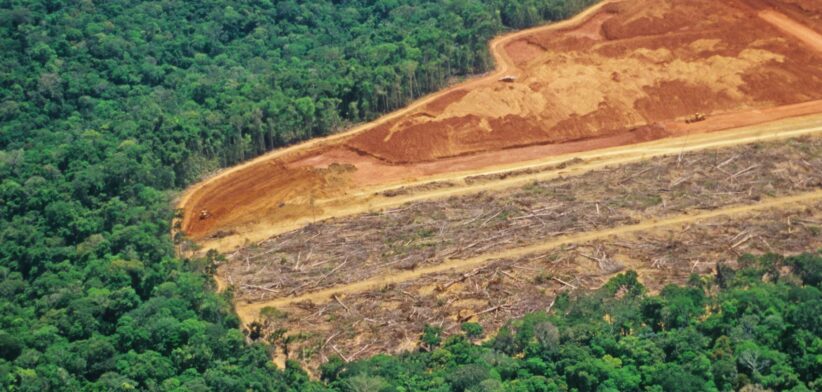Deforestation is the major cause of the drop in rainfall across the world’s largest rainforest.
A new study, involving researchers from Brazil and Germany, has been the first to quantify the impact of fewer trees in the South American Amazon region.
Dr Luiz Machado, from the University of São Paulo, said the Amazon rainforest was the largest rainforest on Earth and played a key role in the global climate system.
Dr Machado said in recent decades major changes had been observed in the Amazon region, lowering precipitation levels, but previous studies had not been able measure the contributions of the two primary driving factors of this change: rising global temperatures caused by greenhouse gas emissions and the increase in local deforestation.
He said their findings revealed that local deforestation was the main reason why precipitation during dry seasons has decreased by almost eight percent, or 21mm, since 1985.
“Deforestation accounts for almost 75 percent of the decline in rainfall.”
Dr Machado said even small changes in rainfall during the dry season could have a disproportionate impact on vegetation health.
He said in the dry season, only 26 percent of the average precipitation occurred, amounting to 281mm, compared to 1097mm during the rainy season.
“Deforestation also accounts for about 16 percent of the 2 degree Celisu temperature rise, however, a much larger share of about 84 percent of the temperature increase is attributable to global climate change.”
Dr Machado said the study further indicated that the Amazon’s climate did not respond linearly to deforestation, with the most severe climatic changes occurring early in the deforestation process, particularly when 10 to 40 percent of the forest was lost.
“It is important to stop further deforestation in order to preserve the climate resilience of the Amazon region.”
Read the full study: How climate change and deforestation interact in the transformation of the Amazon rainforest.








